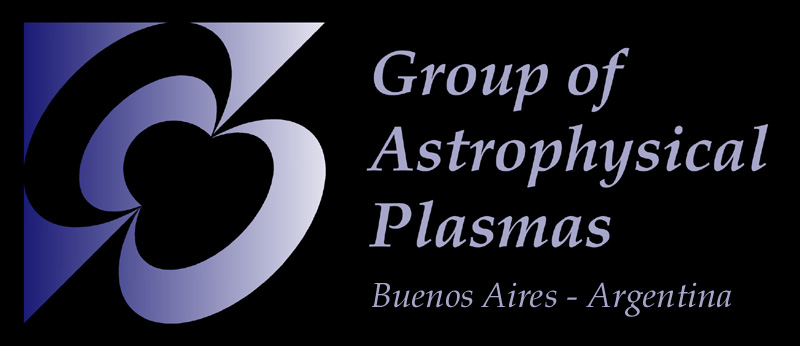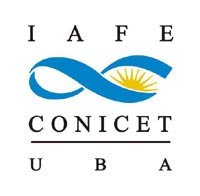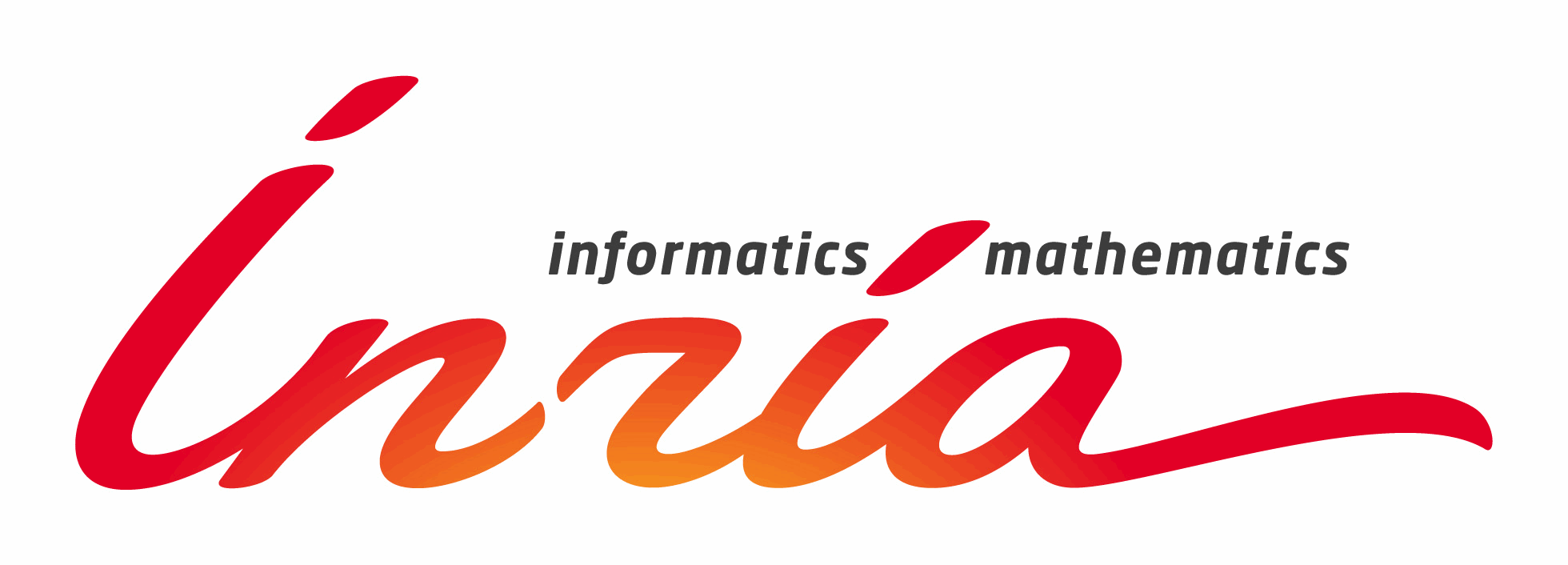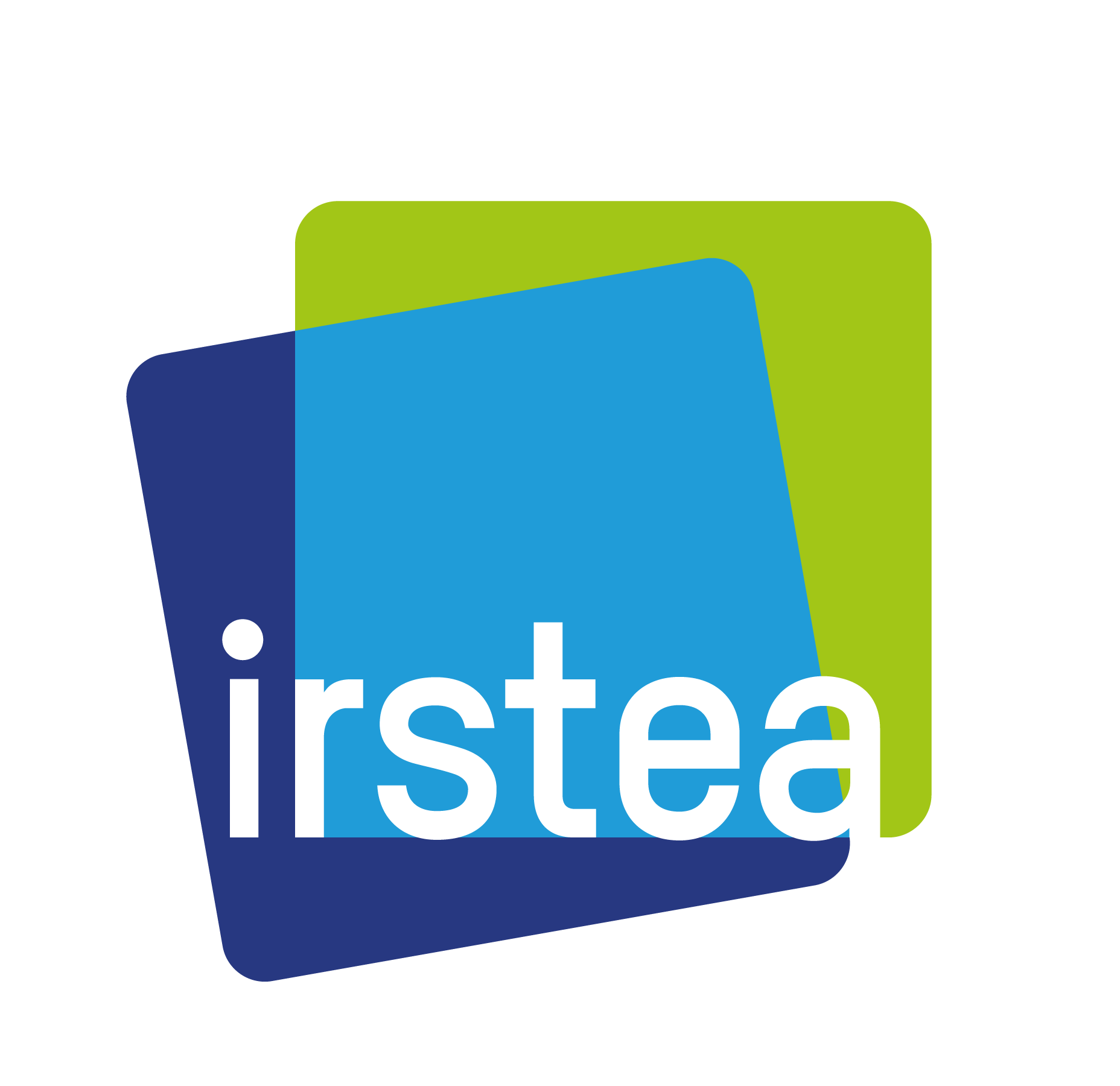Presentation of the team
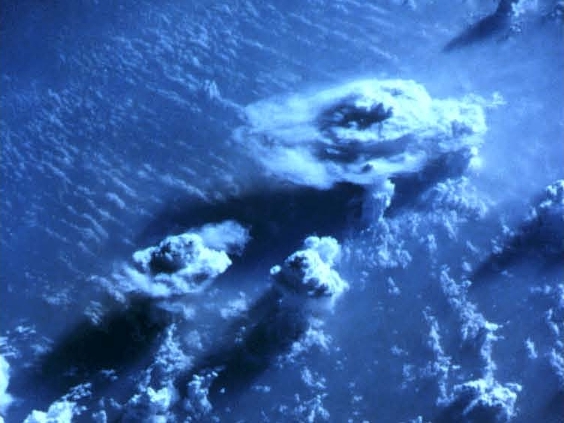
The HURACAN team is a collaborative group between the university of Buenos Aires and the Fluminance INRIA research group. This collaboration is implemented within the associate team INRIA cooperation program. The HURACAN associated team is centered on the analysis and the control of fluid flows from image sequences. The research objectives of this team are organized into two distinct work axes. The first one aims at defining and studying visual servoing techniques for fluid flows control. In addition to the definition of efficient visual servoing schemes this axis of work gathers research issues related to fluid flows velocity measurement from images and to flows excitation through plasma actuators. The second research axis focuses on the coupling between large scales representations of geo-physical flows and image data. More precisely, it aims at studying means to define directly from the image sequences the small scales terms of the dynamics. This research axis includes the study of coupling models and data defined at different scales, problems of multiscale velocities estimation respecting turbulence phenomenological laws and issues of experimental validation.
Visual servoing for flow control
We propose in this first theme to investigate the use of visual servoing for the control of flows. Indeed, fluid flow control is a very active research domain. However, most of the work carried out in that field only concerns open-loop control. As a matter of fact, designing a closed loop control law requires the use of sensors that must be at the same time non-intrusive, accurate and adapted to the time and space scale of the phenomenon under monitoring. Unfortunately, such sensors are hardly available in the real context of control applications. To deal with this problem, we propose in this theme to develop a very new approach for active fluid flow control: the vision-based control approach. To our knowledge, such an approach has never been used for flow control issues. However, vision-based control is now a well established technique in the robotics and in the automation community. This technique consists in using feedback information provided by a vision sensor observing a dynamic system to control it, in our case they rely on optical flow measurements. By using vision, a dense sets of measurements related to the flow can therefore be obtained. These observations are greatly beneficial for flows control in comparison with existing control approaches that use only a limited set of measurements, most often shear stress when walls exist.
Coupling large eddies simulation and image data for the analysis of geophysical flow
This second theme aims at devising data assimilation methods allowing the coupling between a large scale dynamical modeling of geophysical flows and satellite image data observed on a grid of finer resolution. Assimilation of image data has been only very recently explored and may lead to a high number of potential applications in geophysical sciences. Along this research line in the Huracan group we aim at studying amoung others issues:
- The definition of subgrid terms from image data;
- The estimation of reduced order dynamical models through assimilation techniques;
- The measurement of multiscale velocity fields respecting turbulence phenomenology constraints;
- The setting of variational assimilation techniques for the coupling of large eddies simulation and image data.
